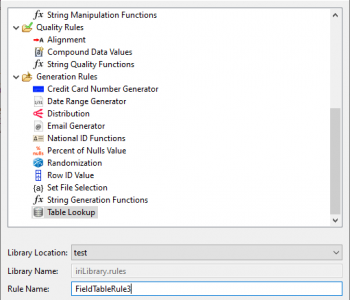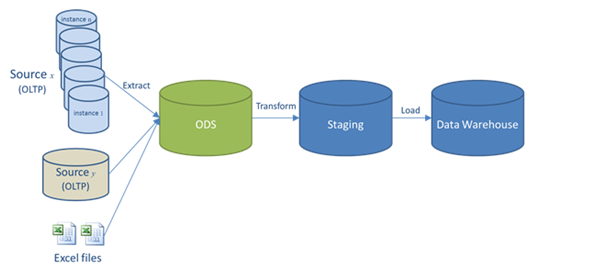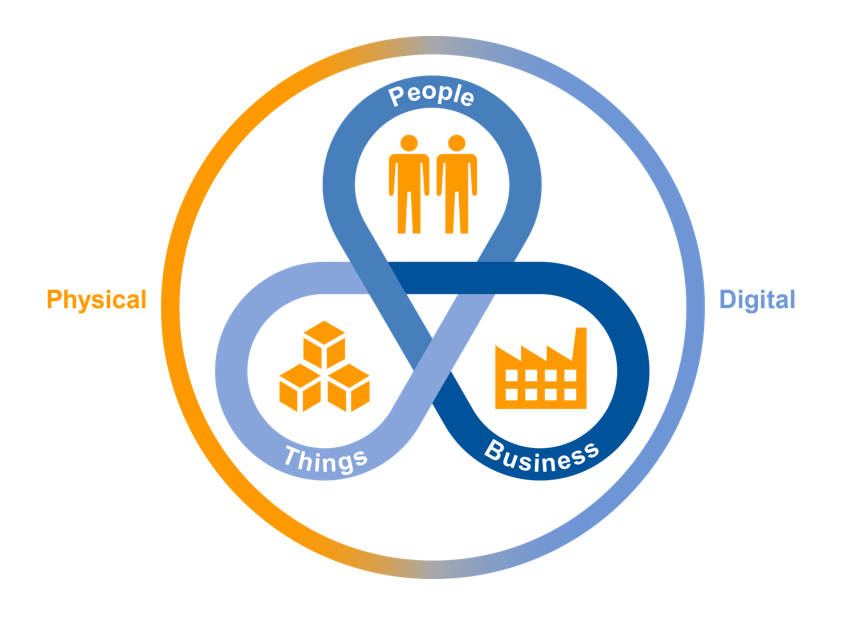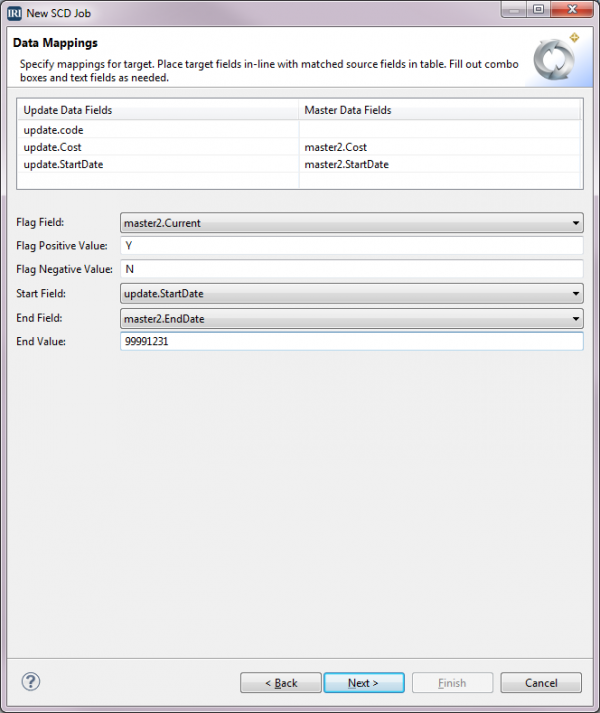 Data Transformation
Data Transformation
IRI Data Integration
As I’ve discussed previously, IRI provides a robust solution for data migration. For those needing a recap, IRI is a longstanding data management vendor that has been almost perennially involved in data modernization efforts (such as legacy “lift and shift” work). Read More








